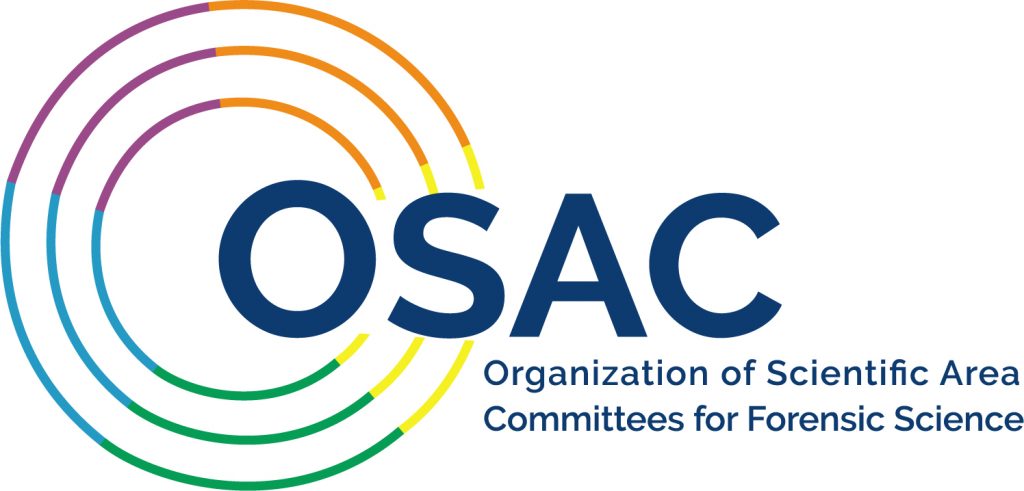CSAFE partner NIST (National Institute for Standardization and Technology) recently announced an innovative restructuring of its Organization of Scientific Area Committees for Forensic Science (OSAC) to enable OSAC to efficiently create and distribute high-quality, science-based standards to forensic laboratories.
Critical changes include combining closely related committees reducing the overall number from 25 to 22. Six different committees have been recombined into three, and a new Forensic Nursing subcommittee has been formed. Additionally, there are two new Scientific Area Committees (SACs), created by splitting the Chemistry/Instrumental Analysis SAC into the Chemistry: Seized Drugs & Toxicology and Chemistry: Trace Evidence groups.
Furthering OSAC’s commitment to serving forensic science laboratories, they’ve updated the registry approval process by reducing the number of steps and amount of paperwork required. And, the technical review and public comment portion will now occur earlier in the process, allowing STRPs (scientific and technical review panels) to go over proposed standards before being published by a standards developing organization. The OSAC Registry itself will now include proposed standards as well as approved standards, increasing access and communication surrounding the standards process.
The OSAC Registry Implementation: A How-to Guide is an excellent resource about possible pathways and examples for laboratories and other forensic science services providers to consider as they look to incorporate the OSAC Registry standards. More resources are on OSAC’s Registry Implementation webpage.
CSAFE encourages the use of OSAC resources and considers it a key resource for practitioners. To learn about all of the changes made, visit the OSAC update page here.




